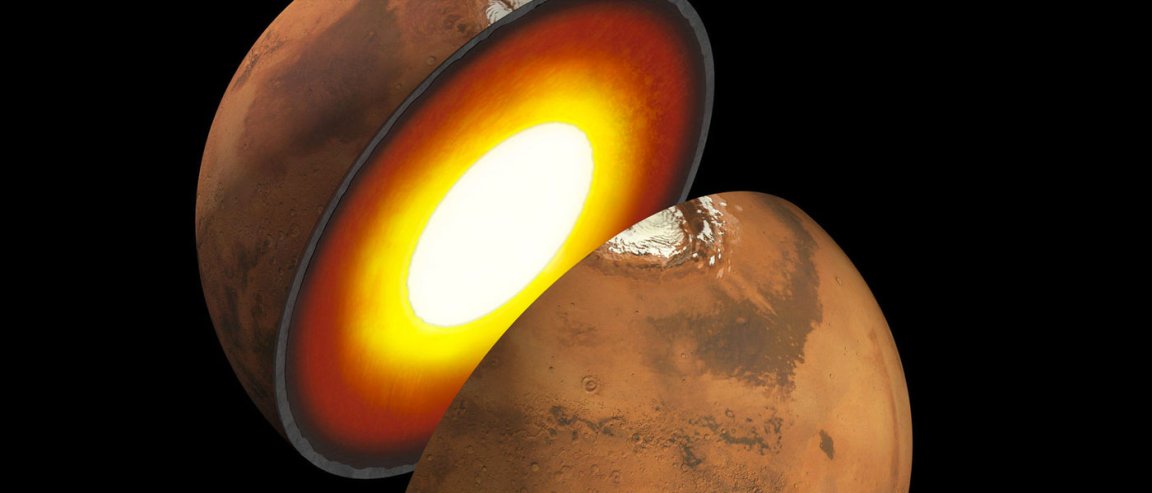
Caught Between a Rock and… Another Rock
If the geological composition of Mars is similar, even to some extent, to that of Earth’s, then there is a strong probability that so-called ‘marsquakes’ — or earthquakes on Mars — could possibly help generate an atmosphere to support living organisms. This is what Sean MacMahon, a geomicrobiologist at Yale University, together with John Parnell at the University of Aberdeen, Scotland and Nigel Blamey from the University of Canada claim in a study published in the September issue of the journal Astrobiology.
Recent studies have shown that Mars’ surface experiences tectonic movements. Assuming that these marsquakes are anything like earthquakes, it is possible that these rock-grinding shakes can produce hydrogen, one of life’s sources of energy. Previous studies show that fracturing and grinding of rocks during earthquakes cause silicon from these rocks to react with water to produce hydrogen gas.
Combining these two assumptions, MacMahon’s teamed proceeded with studying just how much hydrogen is produced by rock fracturing and grinding.
“[The] findings were surprising and exciting because we didn’t know if we were going to find anything at all,” McMahon says, referring to the results of examining special types of rocks created from earthquake grinding in Scotland, Canada, South Africa, the Isles of Scilly off the coast of England, and the Outer Hebrides of Scotland. The samples contained trapped hydrogen gas of about 100 times more than surrounding rocks not produced by grinding.
Enough to Sustain Life
On Earth, hydrogen can sustain microbes called hyrdogenotrophes, a type of bacteria that live deep underground. Marsquakes could have reacted with water producing enough hydrogen to sustain microbial life below the Red Planet’s surface. Although marsquakes may only produce less than 10,000 kg (10 metric tons) of hydrogen on a yearly average, it is still enough to sustain some life. It is even more possible now that it’s been established that there was water on Mars’ surface, and there might still be some underground.

“This hydrogen can probably support only small amounts of biomass,” McMahon claims. “Still, this fits into the growing picture of the kind of biosphere that Mars might be capable of sustaining. If you look at bacteria and other microorganisms on Earth, you find ones capable of resting in a dormant state for extremely long periods of time, and they can wake up and reproduce and then go back to sleep again for another 10,000 years or so.”
MacMahon also thinks that it’s possible for rocks that don’t have water to produce hydrogen. It’s something that has to be studied further, says the lead researcher. Incidentally, NASA’s InSight mission is scheduled to measure seismic activity on Mars in 2018.
Mars may not be a dead world, after all — at least underground.